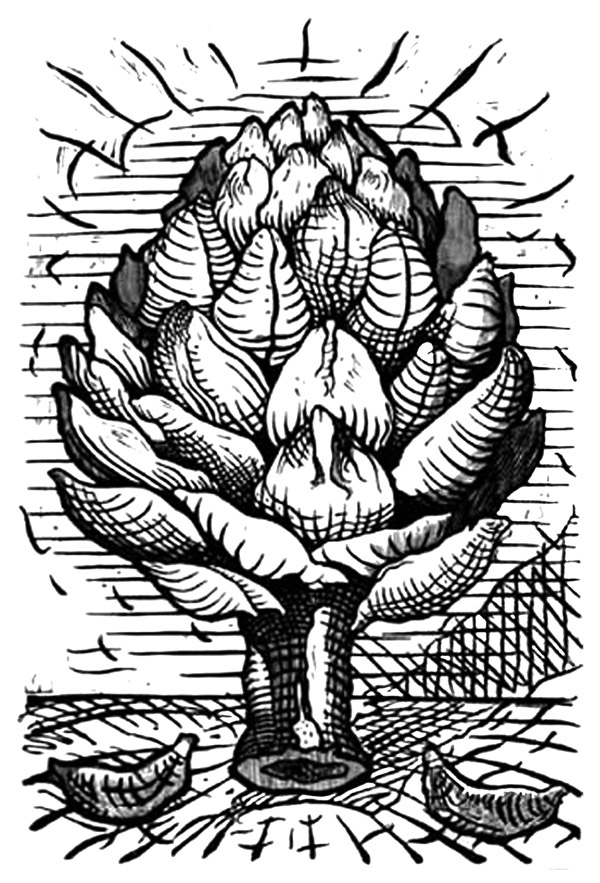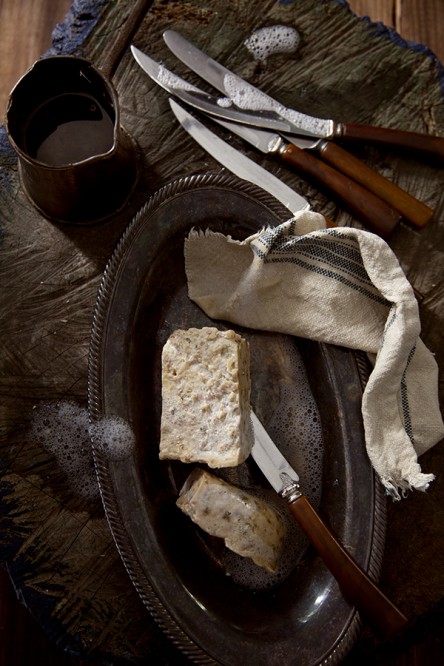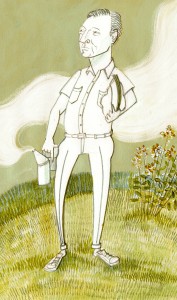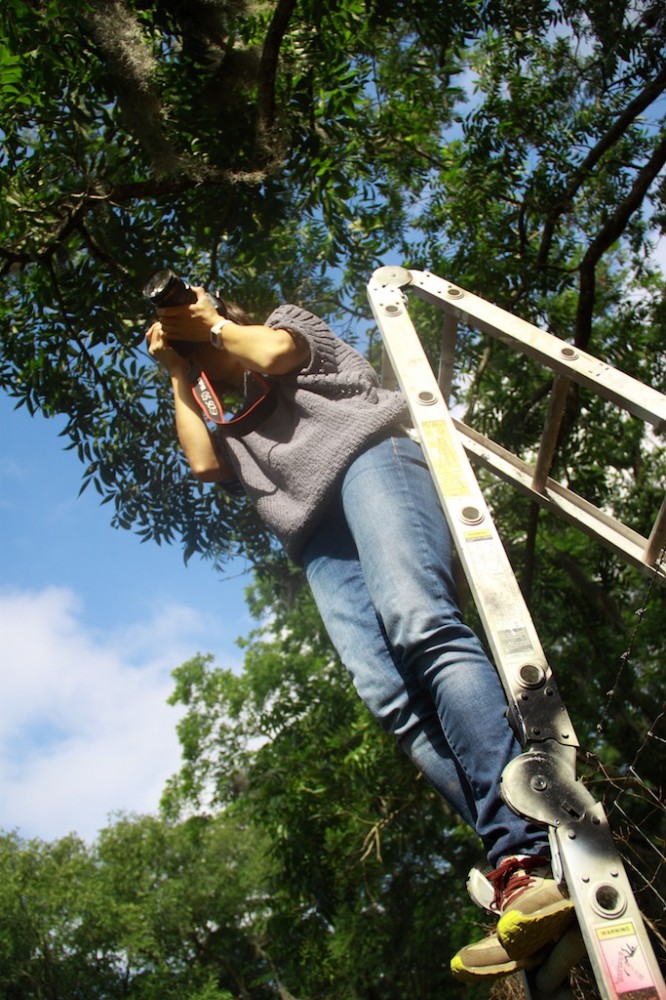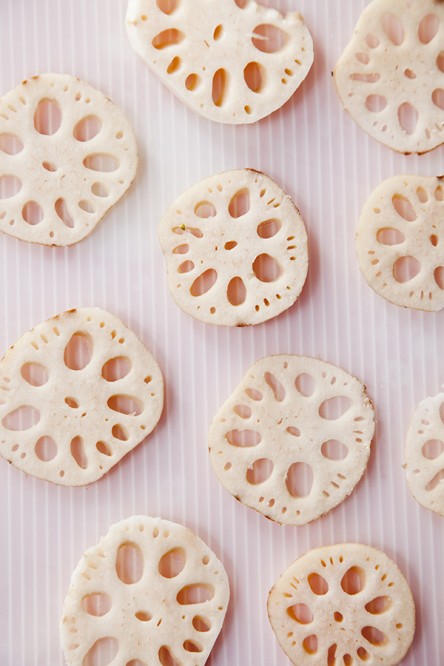By Amy Zurcher · Artwork by Marcia Neblett
This week we are peeling back the layers of the dear artichoke to reveal just what it is that makes its thorny heart beat. And what better way to introduce you to the artichoke than through the artwork of SCAD professor Marcia Neblett. She is responsible for the intricate woodcut print before you. For those of you who are a bit sketchy on just what a “woodcut” is, let me clarify this medium a little further. A woodcut is a technique in which an artist carves away pieces from a block of wood. Rather than creating artwork from the pieces taken away or using the wood as a canvas, this form of art, instead, makes the wood itself and what remains of it the artwork. The image that is left may then be covered in ink, as Neblett does so skillfully above, and voila! you are ready to print!
The process of creating this image from just a hunk of wood is impressive to me. The areas to show “white” or rather, in layman’s terms, “show nothing” are cut away with a knife or chisel and leaving behind the printed or “black” surface that is the intended image. I cannot help but think Michelangelo, that famous Italian Renaissance man, really nailed it when he said: “In every block of marble I see a statue as plain as though it stood before me, shaped and perfect in attitude and action. I have only to hew away the rough walls that imprison the lovely apparition to reveal it to the other eyes as mine see it.”
How impressive to be able to see in this way—the parts that need to be removed to reveal the intended vision by the artist? Some greater, ethereal force? Although Michelangelo was speaking of marble, it cannot be a coincidence that his sentiments lend themselves so fully to works of woodcut, as well.
When asked about her subject matter, our muse this week- the artichoke, Marcia reminisced this gem: “The Artichoke always struck me as an amazing vegetable because of its natural beauty. My memories are of eating artichoke while growing up. My mother served it warm, and we would tear off each succulent leaf, dipping it into warm butter before eating. There was nothing more delicious! It was important to me that people saw the pattern of this vegetable as I saw it, and that they could experience the energy and vitality of this lovely creature.”
With this woodcut artwork in my sights, I can imagine sinking my teeth into a fleshy artichoke leaf, scraping its succulent offering into my mouth and swooning back into an equally leafy soft field of green, and green and more green. Michelangelo would be proud of the apparition revealed in this chunk of wood, and even prouder someone had the sense to liberate it!

